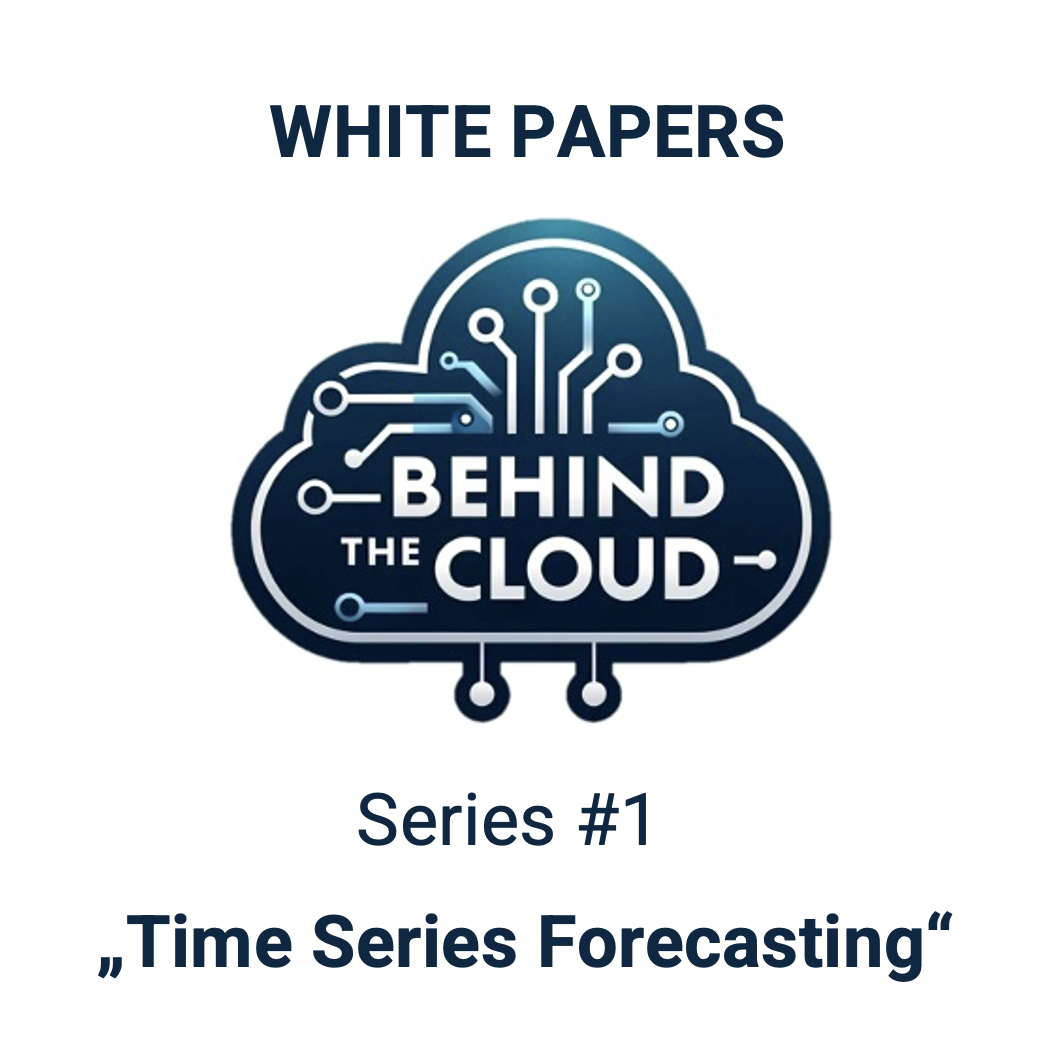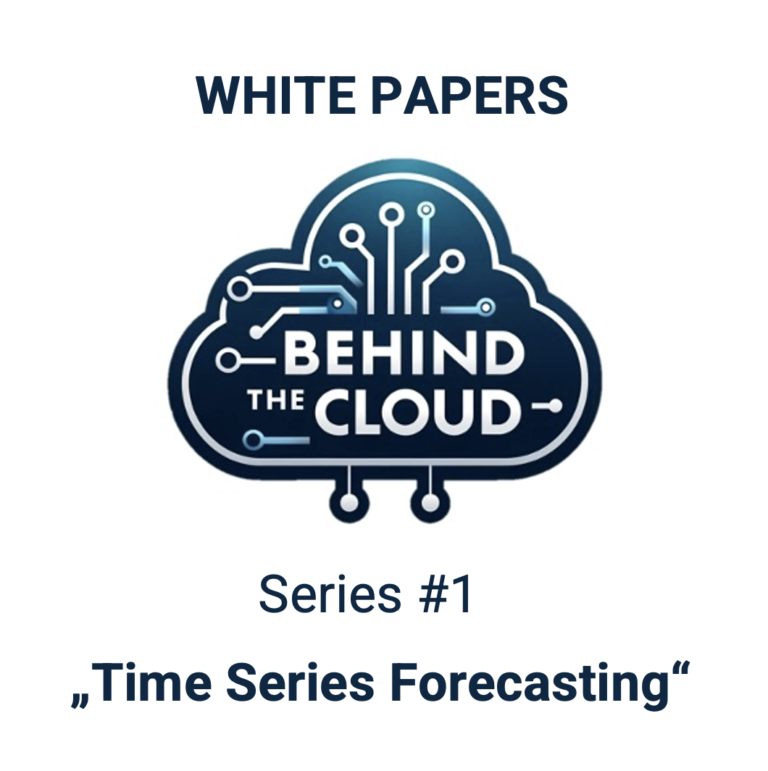
In our inaugural series #1 of ‘Behind The Cloud’, we delved deep into the intricacies of Time Series Forecasting (TSF), exploring how it serves as a powerful tool in asset management.
Over seven chapters, we covered the fundamental concepts, advanced models, and practical applications of TSF in predicting market trends and optimizing investment strategies.
Below is a summary of the key insights from each chapter. For those interested in a more comprehensive understanding, the full white paper is available upon request.
You would like to receive the white paper #1 “Time Series Forecasting” – prepared by the Omphalos AI Research Team?
Please use our subscription form to the newsletter AND add your request for receiving the #1 white paper “Times Series Forecasting”:
Table of contents
Chapter 1: Navigating the Future: The Essential Guide to Time Series Forecasting
• Introduction to TSF and its critical role in asset management.
• Discussed how TSF balances the unpredictability of markets with the identification of stable patterns.
• Highlighted the role of AI in enhancing the predictive accuracy of TSF.
Chapter 2: Deciphering Patterns: The Anatomy of Time Series Data
• Explored the components of time series data: trend, seasonality, and noise.
• Discussed the importance of understanding these patterns for accurate forecasting.
• Provided insights into how asset managers can leverage these patterns for better decision-making.
Chapter 3: From Past to Future: Statistical Models in Time Series Forecasting
• Detailed examination of key statistical models used in TSF, including ARIMA, Exponential Smoothing, and Seasonal Decomposition.
• Discussed how these models help uncover patterns in historical data to predict future market movements.
Chapter 4: Time Series Forecasting: The Power of LSTM
• Introduction to Long Short-Term Memory (LSTM) networks and their application in TSF.
• Compared LSTM with traditional statistical models, highlighting its advantages in capturing long-term dependencies in data.
• Discussed real-world applications of LSTM in financial forecasting.
Chapter 5: Predicting Market Movements: Time Series Forecasting in Finance
• Practical application of TSF in predicting financial market movements.
• Case studies on how asset managers use TSF to inform trading strategies and portfolio management.
• Discussed the role of TSF in enhancing the accuracy and timing of investment decisions.
Chapter 6: Navigating Uncertainty: The Risks and Limitations of Financial Forecasting
• Addressed the inherent risks and limitations of using TSF in finance.
• Explored the impact of unpredictable market events and data quality on forecasting accuracy.
• Provided strategies for managing these risks while utilizing TSF in investment decision-making.
Chapter 7: Beyond the Horizon: The Evolving Landscape of Financial Forecasting and the Future of Omphalos Fund
• Looked ahead to the future of financial forecasting, focusing on emerging trends and technologies.
• Discussed how advancements in AI and data science are shaping the next generation of TSF models.
• Concluded with a vision for the future of Omphalos Fund, emphasizing its commitment to leveraging cutting-edge forecasting tools.
© The Omphalos AI Research Team – August 2024
If you would like to use our content please contact press@omphalosfund.com
Copyright (C) 2024 by Omphalos Fund – Legal Notice – Privacy Policy




